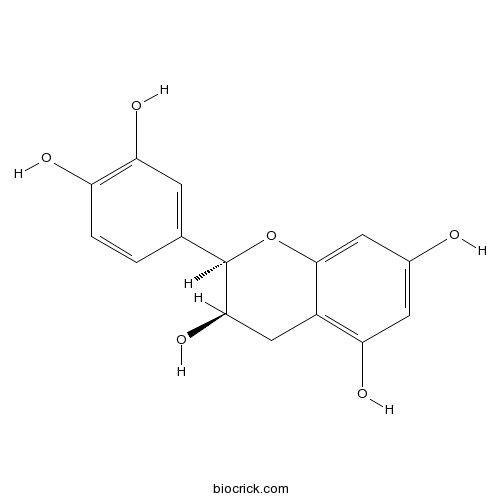Pterostyrax psilophyllus
Pterostyrax psilophyllus
1. The products in our compound library are selected from thousands of unique natural products; 2. It has the characteristics of diverse structure, diverse sources and wide coverage of activities; 3. Provide information on the activity of products from major journals, patents and research reports around the world, providing theoretical direction and research basis for further research and screening; 4. Free combination according to the type, source, target and disease of natural product; 5. The compound powder is placed in a covered tube and then discharged into a 10 x 10 cryostat; 6. Transport in ice pack or dry ice pack. Please store it at -20 °C as soon as possible after receiving the product, and use it as soon as possible after opening.
Natural products/compounds from Pterostyrax psilophyllus
- Cat.No. Product Name CAS Number COA
-
BCN5499
Genistein446-72-0
Instructions

-
BCN5597
Epicatechin490-46-0
Instructions

[Population structure and distribution pattern of rare plant communities in Houhe Nature Reserve].[Pubmed: 15825427]
An investigation on the size structure and spatial pattern of 26 major tree species with a diameter at breast height (DBH) > or = 5 cm was made on a 1 hm2 fixed plot in the mixed evergreen and deciduous broad-leaved forest in Houhe National Nature Reserve of Central China. The results showed that 7 populations of the 26 species, i.e., Dipteronia sinensi, Aesculus wilsonii, Pterostyrax psilophyllus, Davidia involucrate, Euptelea pleiosperma, Tetracentron sinense and Cercidiphyllum japonicum, were rare endangered, species, and two of the 7 populations, T. sinense and C. japonicum, were very limited in numbers. The population structure of P. psilophyllus was in declining, and that of the rest was in growing. The spatial distribution pattern of P. psilophyllus, A. wilsonii and T. sinense was in random, and that of the others was clumped. Among the other 19 non-rare populations, the population structure of P. wilsonii was in declining, that of D. lotus, A. palmatum, A. wilsonii, A. franchetii, M. cuneifolia and H. dulcis was stable, and the rest was in growing. The spatial distribution pattern of D. lotus and H. dulcis was in random, and that of the others was clumped. On the whole, the growing populations were dominant, amounting to 61.54%, and the stable and declining populations accounted for 6.92% and 11.54%, respectively. The results of the two judging methods were consistent, showing that the distribution pattern of clumping (80.77%) was dominant, while the random and even distribution patterns were infrequent.
[Fractal properties of the spatial pattern of rare and endangered plant populations in Houhe Nature Reserve in Hubei: Box-counting dimension].[Pubmed: 12924117]
The fractal properties of the spatial distribution pattern of 4 dominant plant populations and 7 rare and endangered plant populations were reflected through the box-counting dimensions. The results showed that the box-counting dimensions of 4 dominant populations ranged between 1.346 and 1.414, and occupied relatively larger ecological spaces in the community. Camellia cuspidata population occupied the largest ecological space because of its biggest box-counting dimensions. However, most of other populations occupied relatively smaller spaces due to their smaller values of the box-counting dimensions. The box-counting dimensions of 7 rare and endangered populations were smaller than 1 except Dipteronia sinensis population. The inflexion scales of 11 populations covered the range from 5 m to 12.5 m. According to the self-similarity of the fractal, the distribution pattern types under certain scales larger than the inflexion scale could be inferred as similar, and the results partly proved the ideas. The populations of Disopyros lotus, Pterostyrax psilophyllus, Davidia involucrata, Tetracentron sinense and Aesculus wilsonii were changed at the inflexion scale, and other 6 populations had the same distribution pattern types despite of the scale changed.


